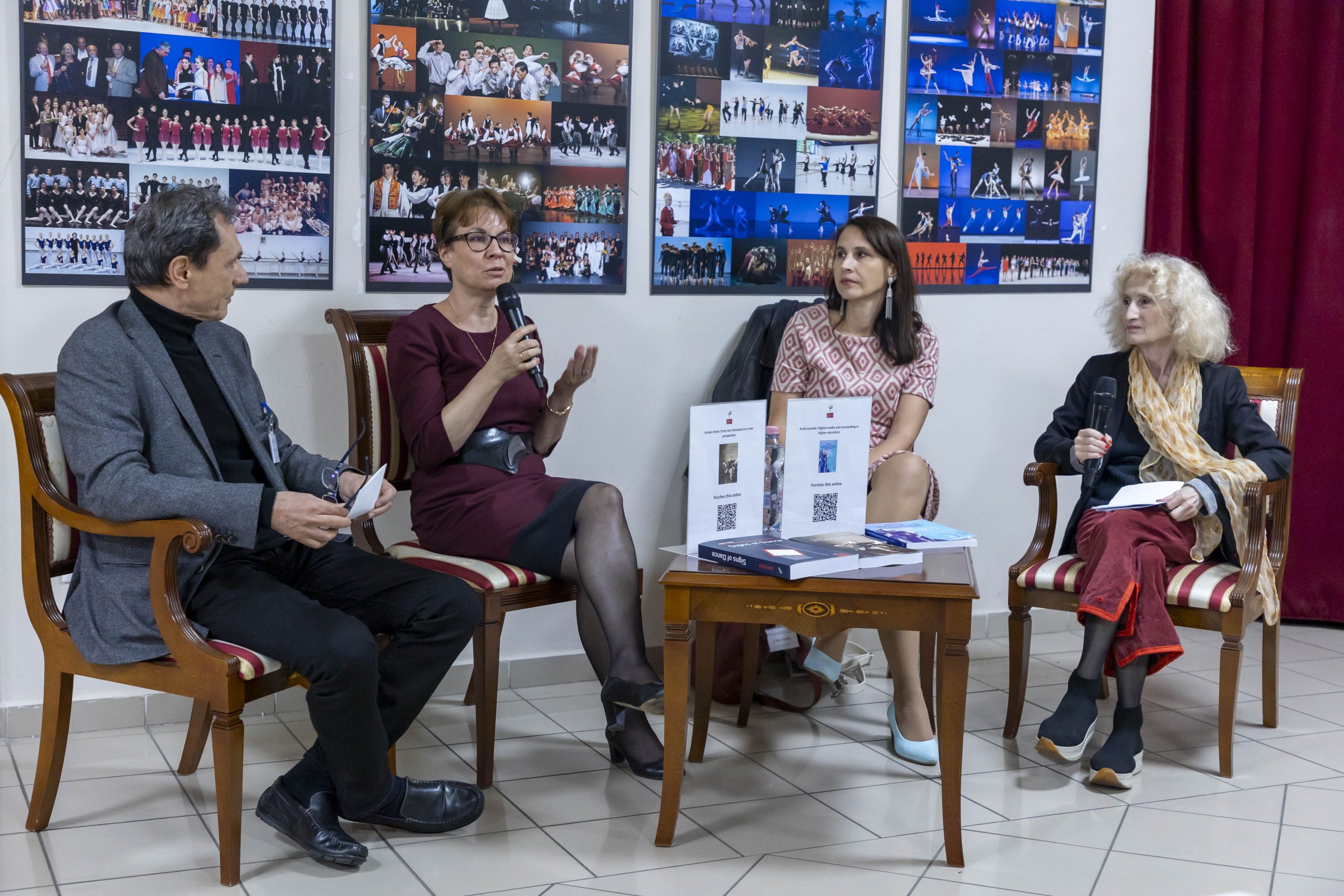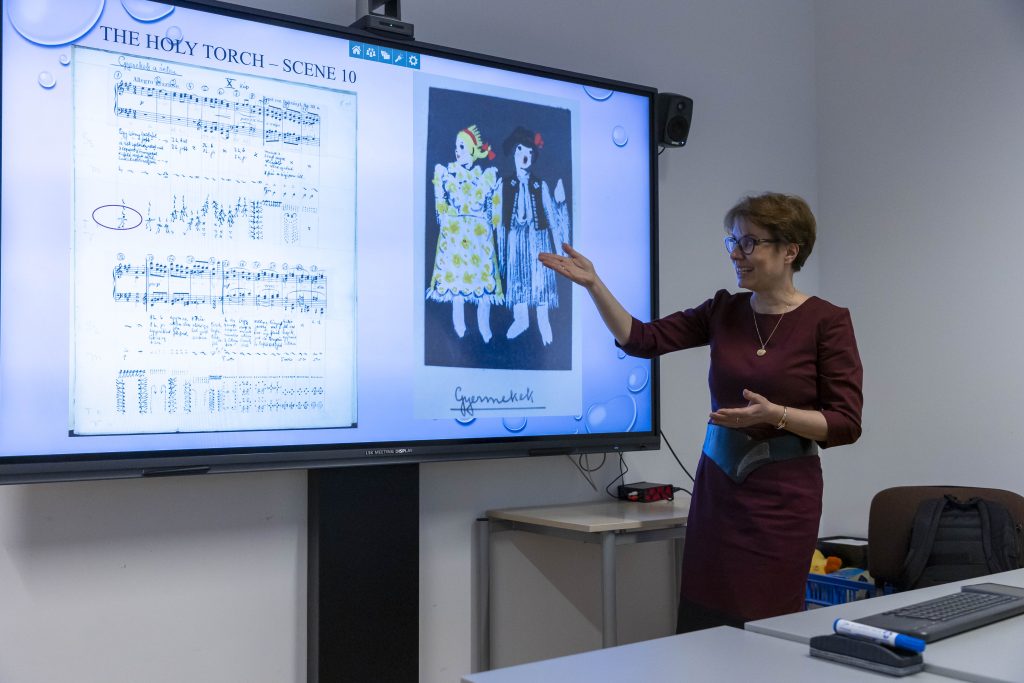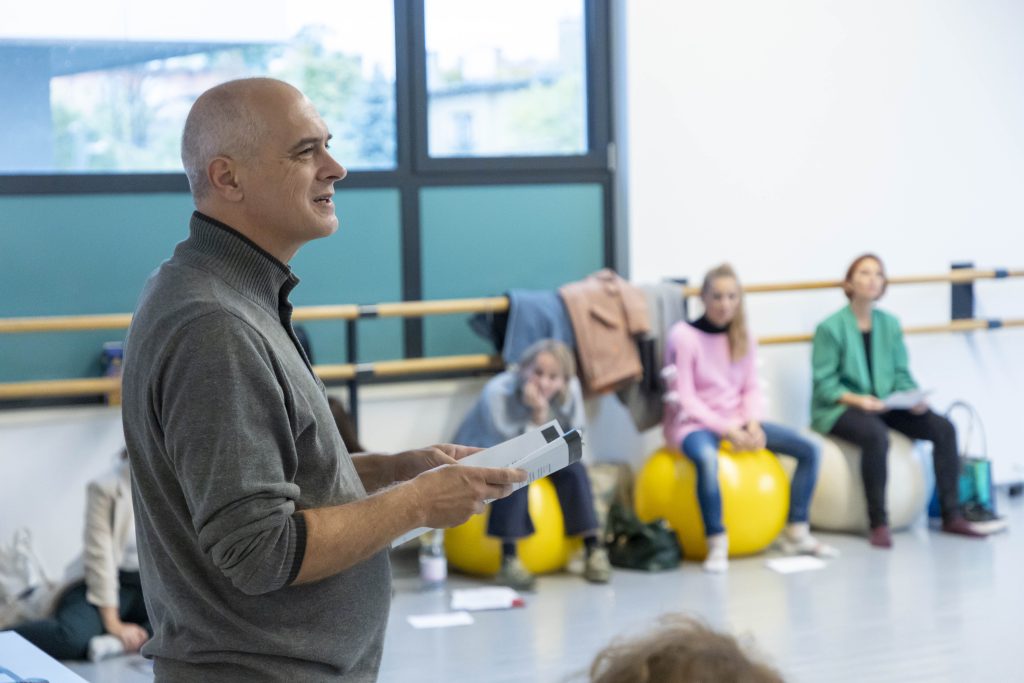
The event, which took place on 3 and 4 November 2023, was opened by plenary lectures given by two foreign experts Francesca Falcone (Italy) and Maja Vukadinovic (Serbia). They showed us new research topics and results in their presentations.
In the first lecture, the audience gained an insight into the work of Italian ballet master Nicola Guerra, including his activities in Hungary. Nicola Guerra was a master who lived at the turn of the century, and surprisingly enough, little is known about his life in professional circles.

Between 1902 and 1915, he taught twenty dance pieces at the Budapest Opera House, eighteen of which he choreographed himself. While here, he worked with some of the most renowned Hungarian soloists.
Falcone’s performance gave us fascinating details of Guerra’s choreographic work from 1911, the period when he staged the Havasi Gyopár (Edelweis). We also had the opportunity to see Guerra’s surviving stage drawings for this work, and a performance of the Havasi Gyopár reconstructed by Falcone. After the plenary performances, the audience was shown the piano score annotated by Guerra.

In the second lecture, Maja Vukadinovic approached the relationship between dance and pleasure from a psychological point of view. The novelty of this much-researched topic was that she focused on the psychological impact of flamenco dance, and in particular on the performance of this Latin dance on the contemporary stage. She also looked at the ways in which the eruption of joy and ecstasy are expressed in contemporary choreography, and the dance elements and formal language used to convey and express these feelings.
In both presentations, we learned about exciting and new areas of research. The speakers opened the two-day scientific programme with a thorough preparation and colourful presentations that underlined the international character of the conference.
The conference offered presentations in a total of thirteen sessions that will be reported in detail in the next issue of the magazine Dance Art.


